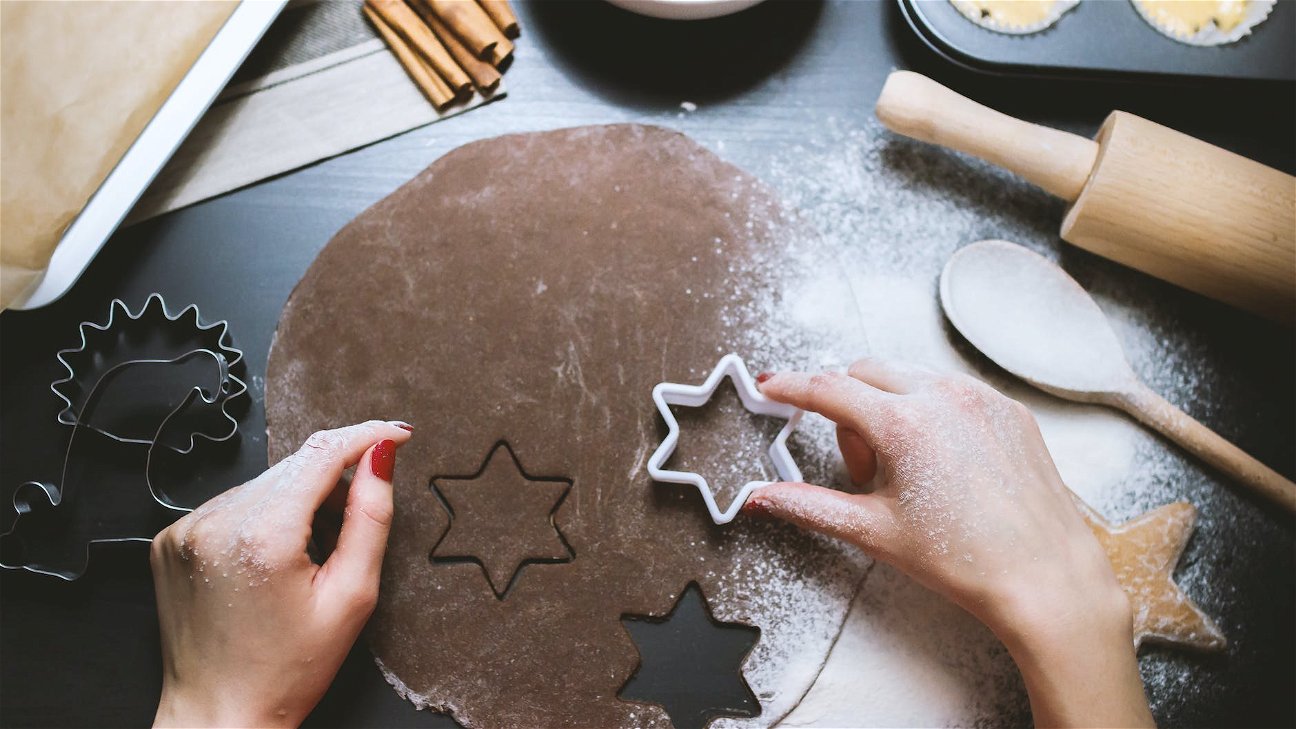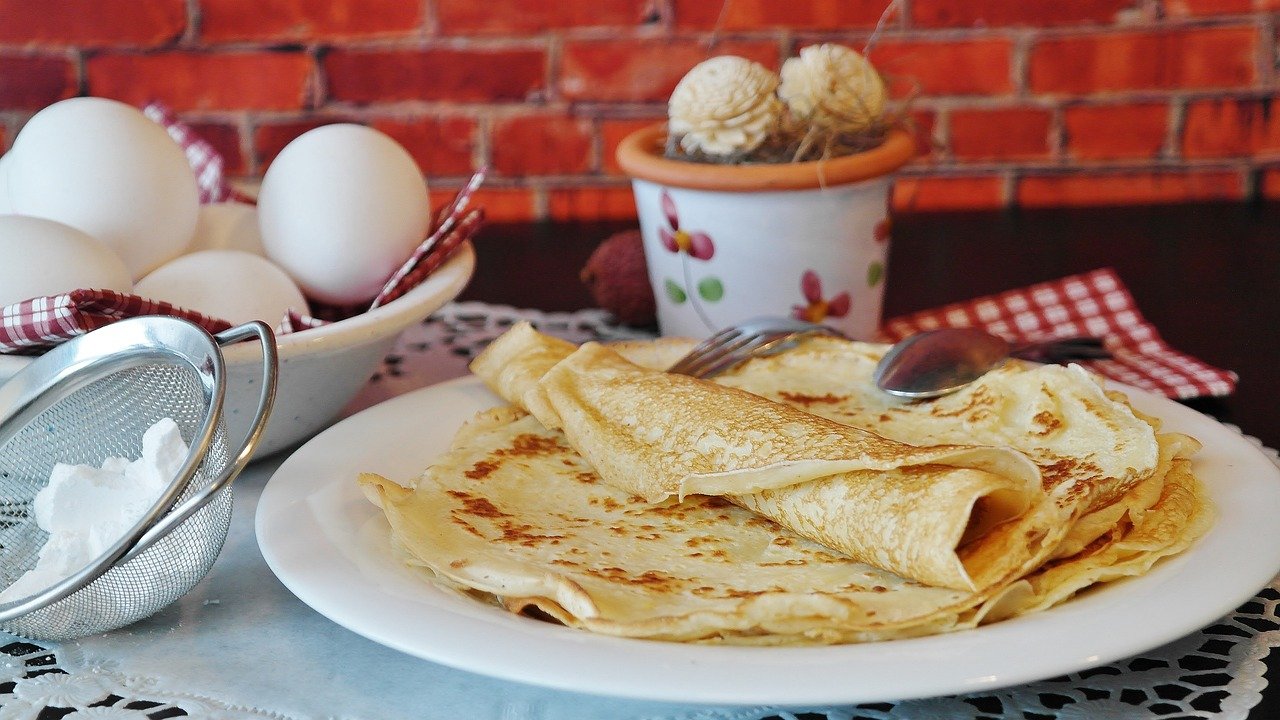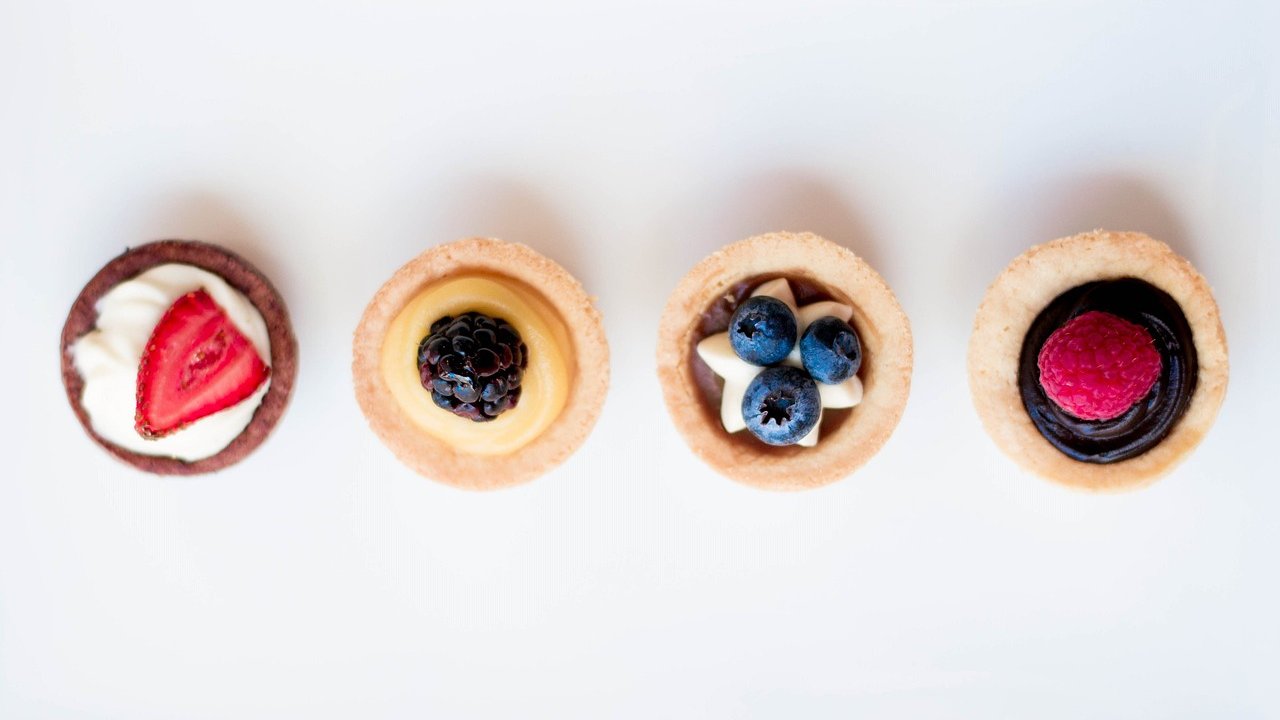
Baking is as much of a science as it is an art. The precision required in mixing ingredients and maintaining the right temperature becomes even more critical when you're baking in humid climates. Humidity can affect the baking process in ways that aren't immediately apparent. So, if you're struggling with your cakes, cookies, or bread not turning out as expected, it might be time to start paying attention to the weather. Specifically, the humidity. But don't worry. Here are three essential tips to help you bake perfectly even in humid conditions.
Understanding how humidity affects baking
Humidity refers to the amount of moisture or water vapor present in the air. In a humid environment, the air is saturated with water. This excess moisture can affect your baking in several ways. For instance, it can make your dough or batter too wet, resulting in cakes that don't rise properly or cookies that spread out too much.
Moreover, in humid conditions, your baked goods can take longer to cook. This is because the moisture in the air prevents the oven from reaching the set temperature as quickly as it would in a drier environment.
1. Adjusting the Liquid Ingredients
One of the significant challenges of baking in humid climates is dealing with excess moisture. Since the air in a humid climate is heavy with moisture, it can cause your flour and other dry ingredients to absorb more water. This can result in a dough or batter that is too wet.
To counteract this, try reducing the amount of liquid in your recipe. A general rule of thumb is to decrease by 1 tablespoon at a time until your dough or batter reaches the desired consistency. Keep in mind that this might require some trial and error.
2. Using the Right Flour
Flour is like a sponge—it absorbs moisture from the air. In humid conditions, this can lead to a dough that is too sticky or a cake that is too dense. To combat this, consider using a low-protein flour. Low-protein flours absorb less water than their high-protein counterparts, making them a better choice for baking in humidity.
Here are some types of low-protein flours and their protein contents:
3. Storing Ingredients Properly
Proper storage of your baking ingredients can also help combat the effects of humidity. Keeping your flour, sugar, and other dry ingredients in airtight containers can prevent them from absorbing excess moisture from the air.
Moreover, consider storing ingredients like butter in the refrigerator until you're ready to use them. Cold butter is less likely to melt quickly in a humid environment, helping maintain the texture of your dough or batter.
In conclusion, baking in a humid climate doesn't have to be a frustrating experience. With understanding and a few adjustments, you can ensure that your baked goods turn out just as delicious and perfect as they would in a drier environment.











